Staircases are a fundamental aspect of most homes, serving both functional and aesthetic purposes. While we may take them for granted, the design and construction of a staircase involve several key parts and components that work together to create a safe and beautiful feature for your home. In this blog, we’ll explore the various staircase parts, their functions, and why they are essential to any home.
The Basics of Staircase Parts: Understanding the Anatomy of Your Staircase
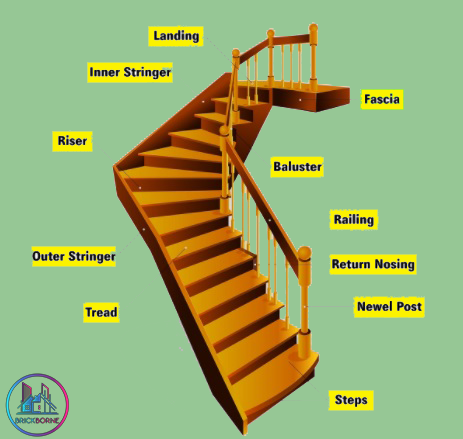
To begin, let’s start with the basics. A staircase is composed of several key parts, including treads, risers, balusters, handrails, newel posts, and stringers. Each of these parts has a specific purpose and plays a critical role in the functionality and overall design of your staircase.
1. Treads and Risers: The Steps of Your Staircase
The treads and risers make up the steps of your staircase, with the treads serving as the horizontal surface you step on and the risers as the vertical component that connects the treads. Treads and risers come in various materials, including wood, metal, and glass, and can be customized to suit your style preferences.
2. Balusters: The Supportive and Decorative Elements of Your Staircase
Balusters, also known as spindles, are the vertical posts that support the handrail of your staircase. These components are not only functional, but they also serve an aesthetic purpose, as they come in various styles and designs to complement your overall decor.
3. Handrail: The Support and Safety Feature of Your Staircase
The handrail is the horizontal component that runs along the top of the balusters and provides support and safety while climbing or descending the stairs. Handrails come in a range of materials and styles, from traditional wooden rails to sleek and modern glass or metal options.
4. Newel Post: The Anchor Point of Your Staircase
The newel post is the large post located at the bottom or top of your staircase, serving as an anchor point and providing structural support to the balusters and handrail. Newel posts come in various styles and designs, from ornate Victorian-inspired options to more modern and minimalist choices.
5. Stringers: The Support System of Your Staircase
Finally, the stringers are the structural components that support the treads and risers, running parallel to the stairs and connecting the steps to the floor or landing. Stringers can be open, exposing the underside of the stairs, or closed, concealing the support structure.
Why Staircase Parts Matter: The Functionality and Beauty of Your Staircase
While the various parts of your staircase may seem like small details, they play a critical role in the functionality, safety, and beauty of your home’s central feature. Whether you’re renovating an existing staircase or building a new one, understanding the importance of each part and selecting the right materials and styles can enhance the overall look and feel of your home.
When to Replace Stair Parts
The frequency of replacement for stair parts varies depending on various factors, including the quality of the original material, the level of use, and the amount of foot traffic they receive. As a general rule, stair parts such as treads, risers, and balusters should be inspected every 10-15 years to determine if they need to be replaced. Other factors that may require more frequent inspection and replacement include damage from accidents, exposure to moisture, and wear and tear from pets.
How to Replace Stair Parts
Replacing stair parts can be a challenging task, especially for those who have never done it before. However, with the right tools and materials, it can be a straightforward process. Here are some steps to follow when replacing stair parts:
- Measure the dimensions of the existing stair parts and purchase replacements with similar specifications.
- Remove the old stair parts by cutting or prying them away from the stairs.
- Clean the area where the old stair parts were removed, removing any adhesive, nails or screws.
- Install the new stair parts according to the manufacturer’s instructions.
It’s essential to make sure that the new stair parts are securely fastened in place and level with the rest of the staircase.
Conclusion
From treads and risers to balusters and handrails, each part of your staircase contributes to its functionality, safety, and beauty. By selecting the right materials and designs, you can create a stunning and functional feature that adds value to your home and enhances your everyday life. So whether you’re in Vancouver, Tampa, or anywhere in between, explore the world of staircase parts and create a feature that will be the envy of all who visit your home.

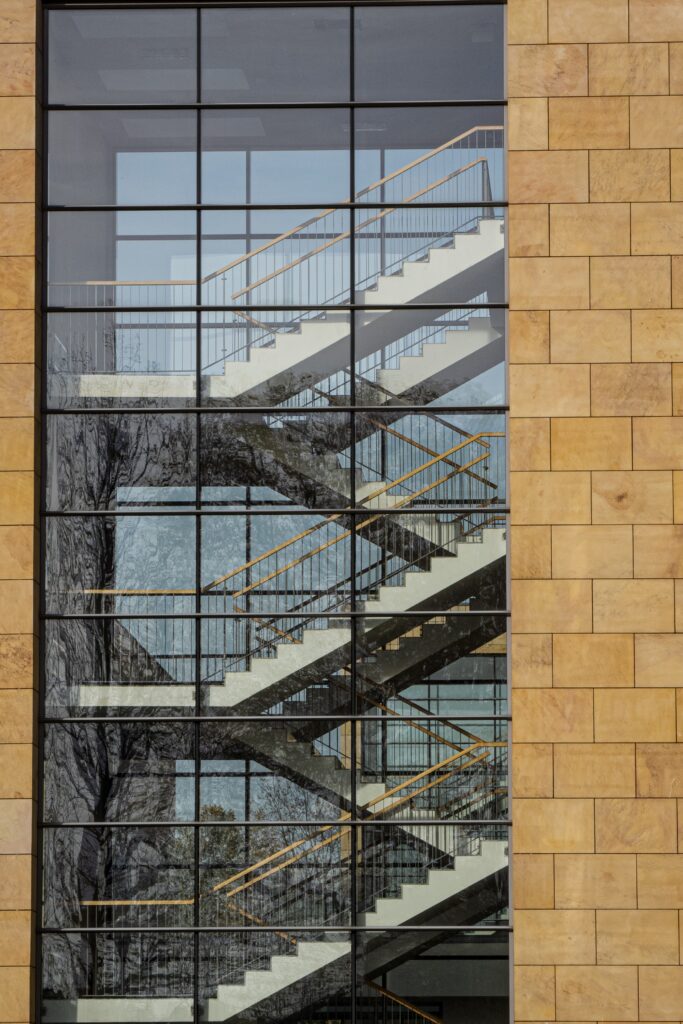
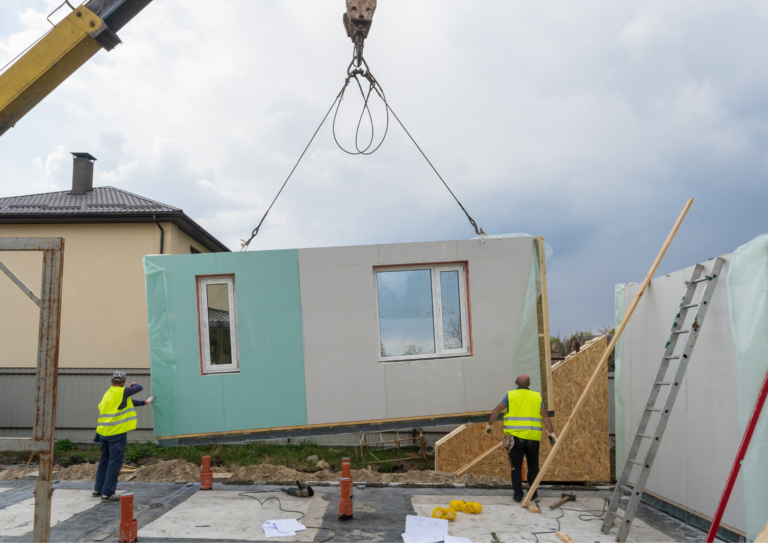
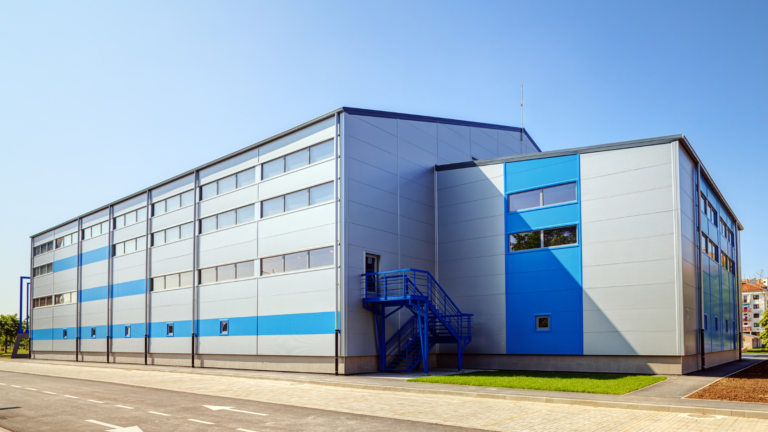
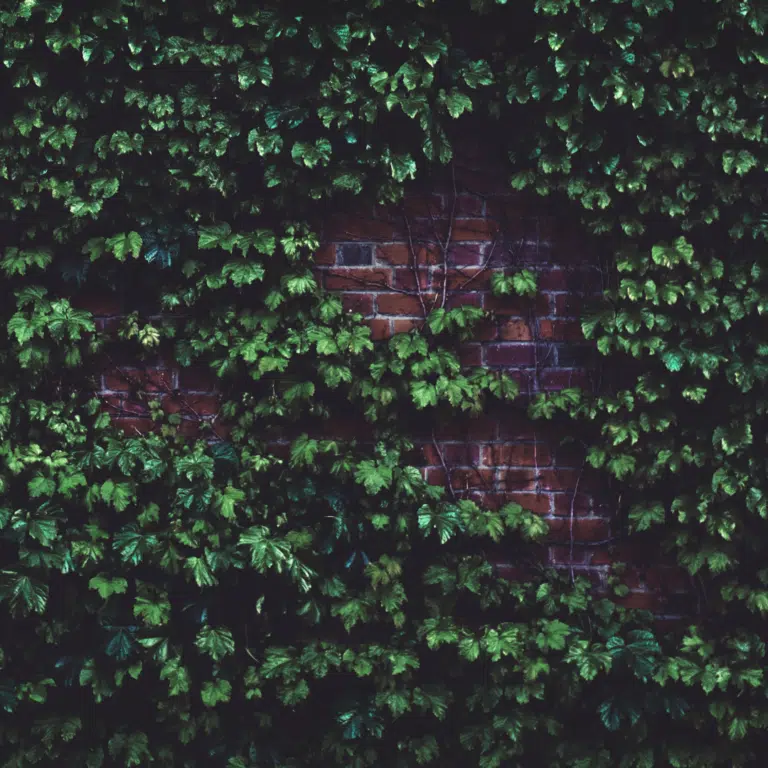

3 comments
Nauman Ali Khan
Informative
Constance Peters
Safety always comes first, and your blog post on the essential components of a safe and sturdy staircase hits the nail on the head. It’s a valuable resource for anyone looking to ensure their staircase not only looks good but also provides a secure path up and down. Thanks for emphasizing the importance of this often underestimated aspect of home design!
Mr. Khan
Thank you Constance Perter for endorsing and acknowledging my writeup 🙂